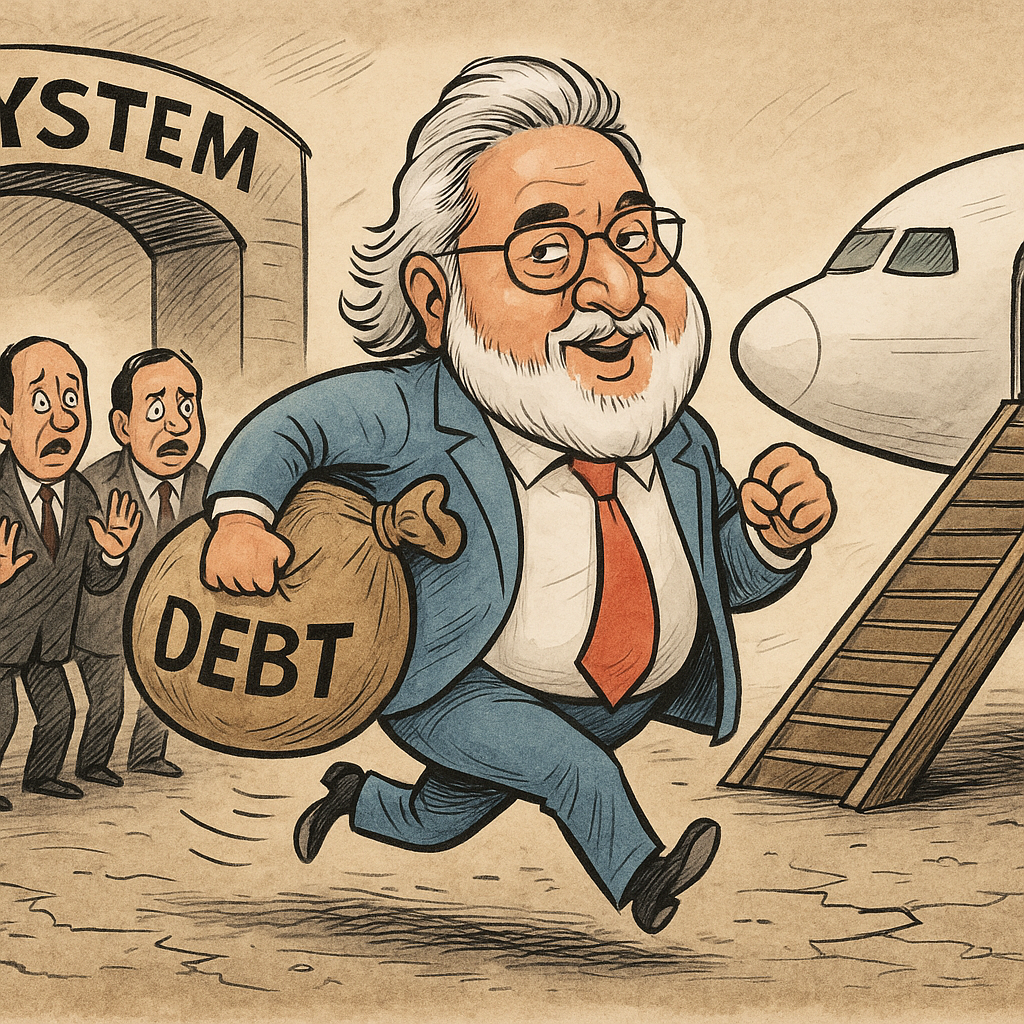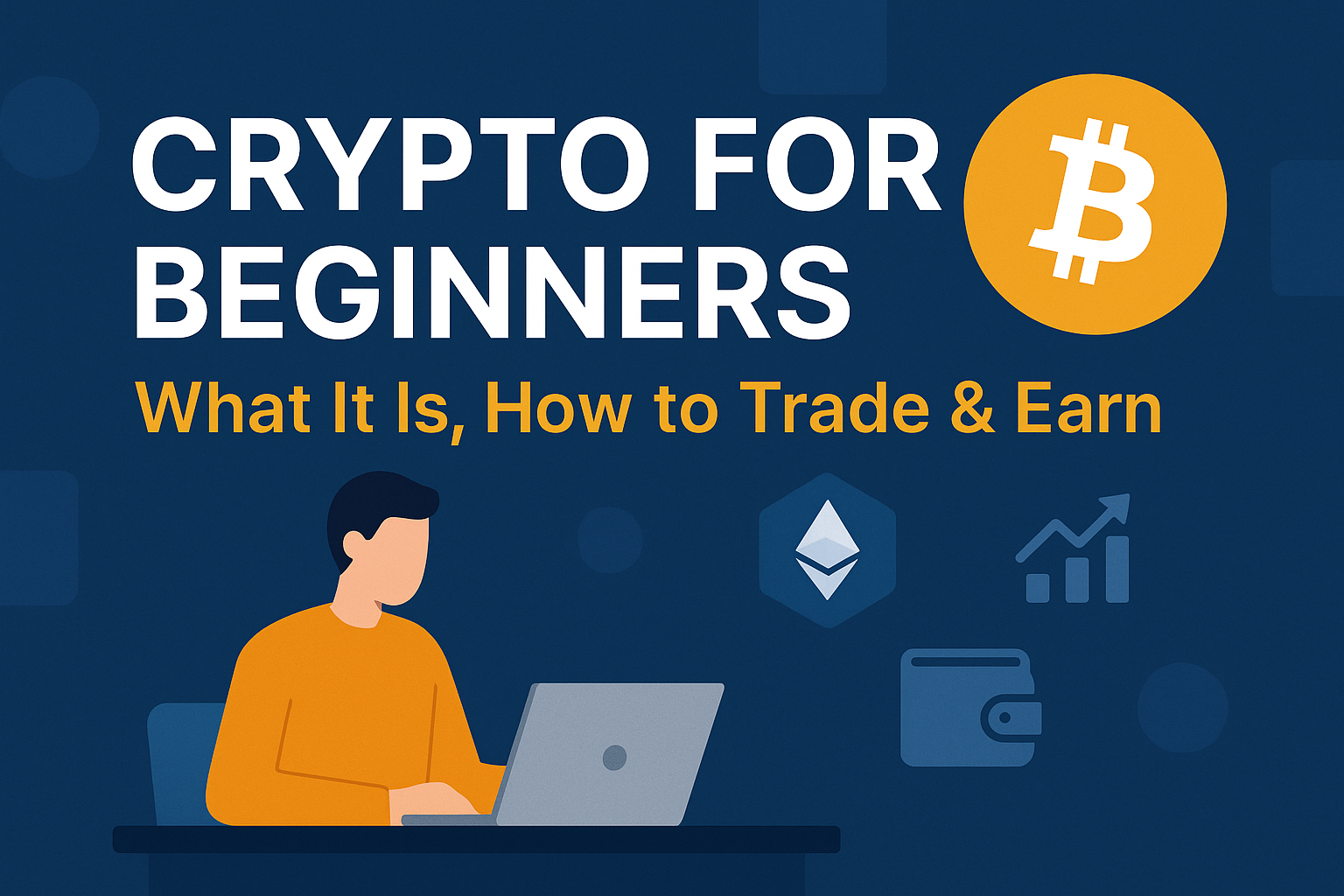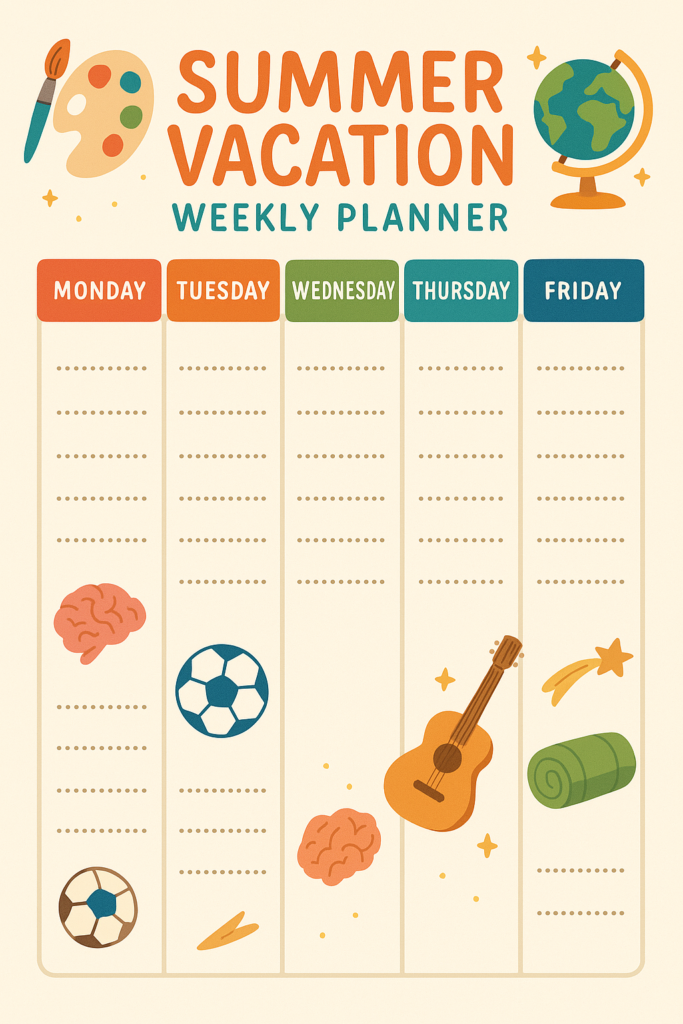A Personal Reflection by Jatinder Singh
I’m not a philosopher. I’m not a financial expert. But over the years, I’ve watched, listened, and learned from people who quietly built lasting value—not through fast money, but through slow, intentional choices.
One symbol kept showing up across generations: Gold.
This isn’t an article about gold prices or investment hacks. It’s about what gold can teach us—about wealth, about time, and about life itself. If you’re someone who believes in long-term thinking, in legacy, and in building something that outlives trends, this is for you.
Introduction
Since the dawn of civilization, gold has fascinated kings and commoners alike—not merely as a glittering metal, but as a symbol of power, security, and permanence. In today’s fleeting world, where currencies inflate and markets fluctuate, gold remains a quiet sentinel.
This article explores how gold, when approached with wisdom, patience, and purpose, can make one not just richer in wealth, but richer in life—for a lifetime.
Gold as a Symbol of Timeless Value
“Value that does not decay is not just wealth—it is wisdom.”
Gold has survived the fall of empires, the invention of banks, and the age of cryptocurrency. It doesn’t rust, vanish, or become obsolete. Its value has echoed across time because:
- It is universal – Recognized in every culture, regardless of language.
- It is finite – Cannot be printed or manipulated by central banks.
- It is physical – Exists beyond screens, servers, and systems.
Insight:
When you hold gold, you hold continuity—a piece of the same Earth that enriched pharaohs, funded wars, sealed marriages, and still protects families.
Gold Is Not Wealth—It Is the Seed of Wealth
Gold is not a “get-rich” tool. It is a stay-rich principle.
It is less a currency, and more a contract with time.
Philosophical Wealth Lessons from Gold:
- True wealth is calm. Gold doesn’t offer daily thrills; it offers lifelong stillness.
- True wealth endures. What you pass on to your children matters more than what you spend in your youth.
- True wealth respects time. Gold is not about timing the market, but about timeless strategy.
Wisdom Practice:
Hold gold not to flaunt, but to preserve. Let it represent self-control, generational responsibility, and reverence for permanence.
Gold as a Daily Reminder of Deeper Values
Owning gold is not just about security. It can become a daily meditation:
- Purity – Like 24k gold, strive to refine your life to its truest form.
- Weight – Gold is heavy. So is truth, so is responsibility. Carry both with strength.
- Rarity – Just as gold is rare in the Earth, deep character is rare in the world. Cultivate both.
Gold, in your locker or pocket, is a mirror. It reflects who you are becoming.
How Gold Can Grow True, Lifelong Wealth
Gold must be used wisely—otherwise it is just shiny metal. Here’s how to turn gold into a lifelong wealth engine:
Foundation First
Treat gold as your base layer, not your speculation. A stable core of 10–20% of wealth in gold can safeguard against the chaos of markets and currency devaluation.
Build It with Rhythm
Don’t chase prices. Invest in gold monthly, like watering a tree. Over years, you’ll have an orchard of wealth.
Store with Honor
Keep gold safely and ethically. Document your intent—why you bought it, who it’s for. Turn gold into a family philosophy, not just a family asset.
Use It to Unlock, Not Just Lock
Leverage gold to educate a child, to escape a crisis, to build a home—not just to hoard. It should serve purpose, not fear.
Gold and Legacy: The Echo Beyond a Lifetime
Gold is one of the few human possessions that outlives its owner without decay. When passed on:
- It becomes an anchor for future generations in uncertain times.
- It becomes a story, retold with reverence.
- It becomes a standard, encouraging heirs to respect values, not just valuables.
When you leave behind gold with meaning, you don’t just give wealth—you give a way of thinking.
Final Reflection: The Philosopher’s Gold
Ask yourself:
Do I want to be rich? Or do I want to be remembered?
Gold lets you be both—if held with clarity, intention, and humility.
In Summary: How Gold Makes One Rich for Life
Gold Is…
- A store of value in an age of fake values
- A teacher of patience in a world of instant gratification
- A bridge across generations when banks and borders fail
- A symbol of purity, weight, and character
To Be Rich for Life:
- Make gold part of your financial blueprint
- Use gold as a philosophical compass
- Pass on gold with stories, not just serial numbers
- Let gold shape your thinking, not just your savings
Closing Words
“Gold does not promise returns. It promises remembrance.”
“To hold gold is to honor the past, protect the present, and empower the future.”
Let gold not be just part of your portfolio—let it be part of your principles.
In Conclusion In today’s world, we chase what’s instant—instant income, instant followers, instant results. But life doesn’t work like that. Neither does real wealth.
Gold reminds us: value takes time, and legacy takes intention.
I wrote this to reflect, and maybe to help someone pause for a moment—before they spend, before they plan, before they move forward.
If this touched a thought in you, I hope you’ll pass it on.
Not because it’s perfect, but because we need more slow, strong ideas in fast, fragile times.
With respect and purpose,
Jatinder
emotional wealth, financial discipline, generational wealth, gold investment, gold life lessons, gold philosophy, legacy building, life values, long-term investment, patience and wealth, personal reflection, slow living, time-tested assets, wealth mindset






